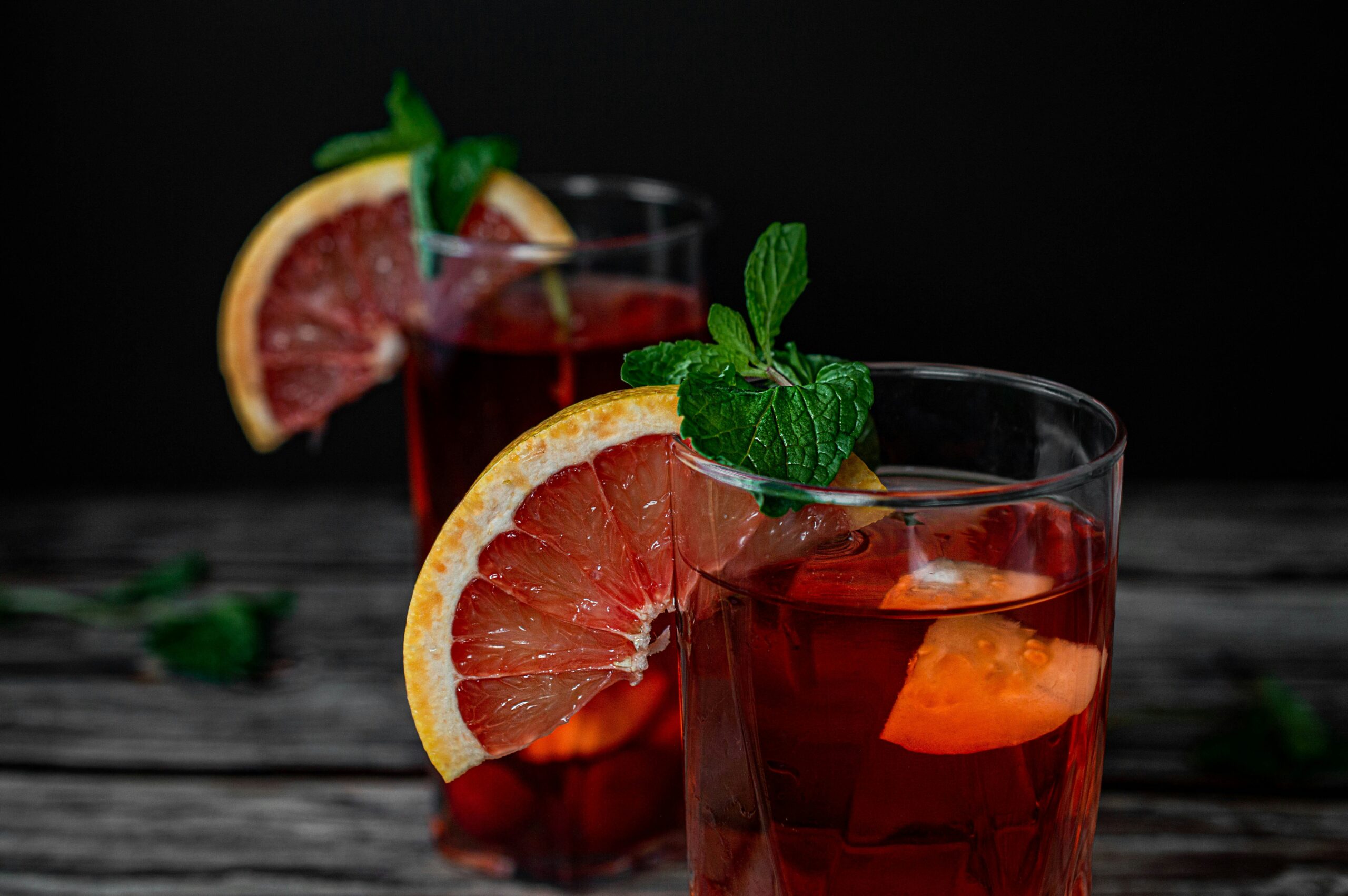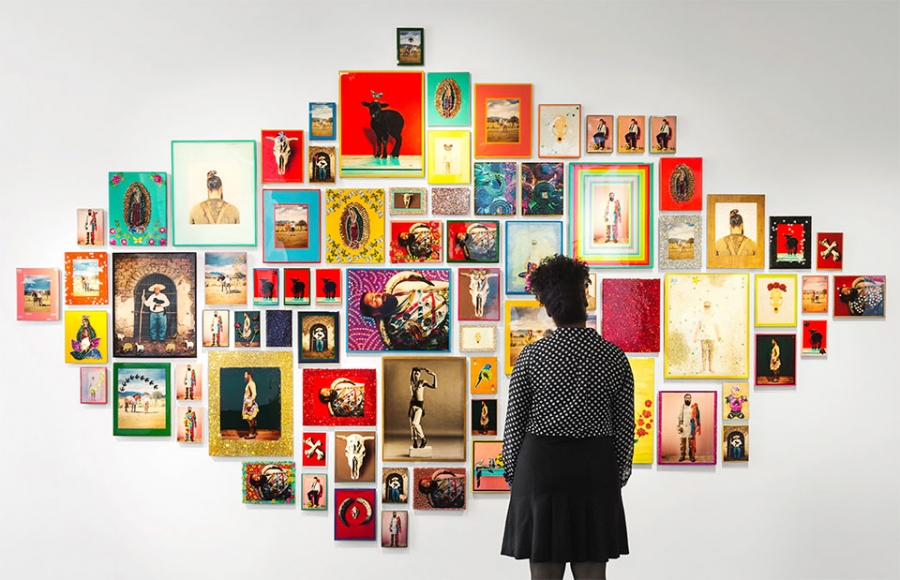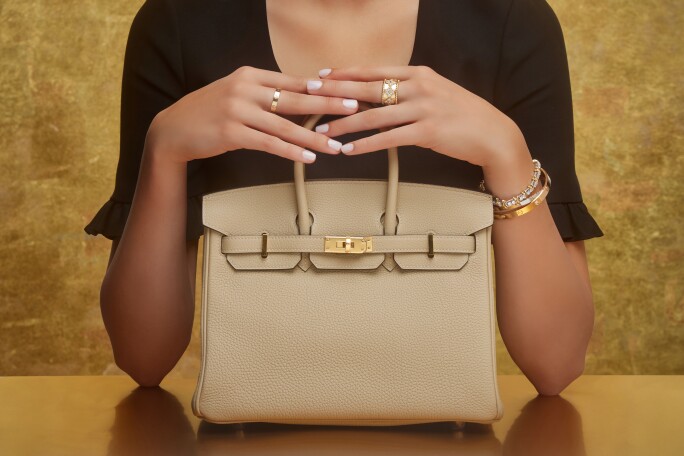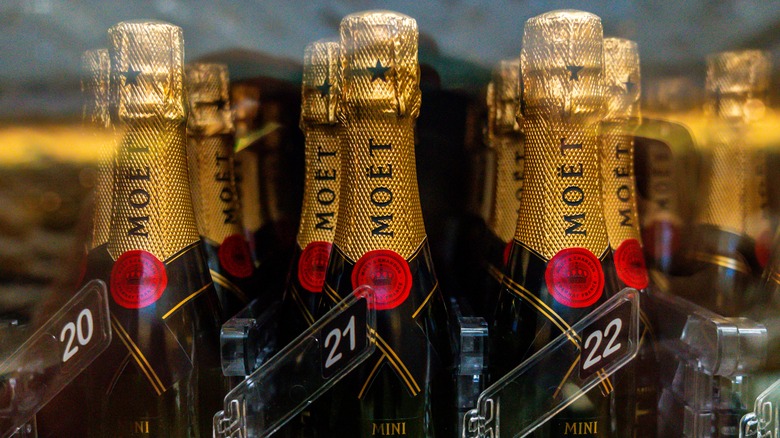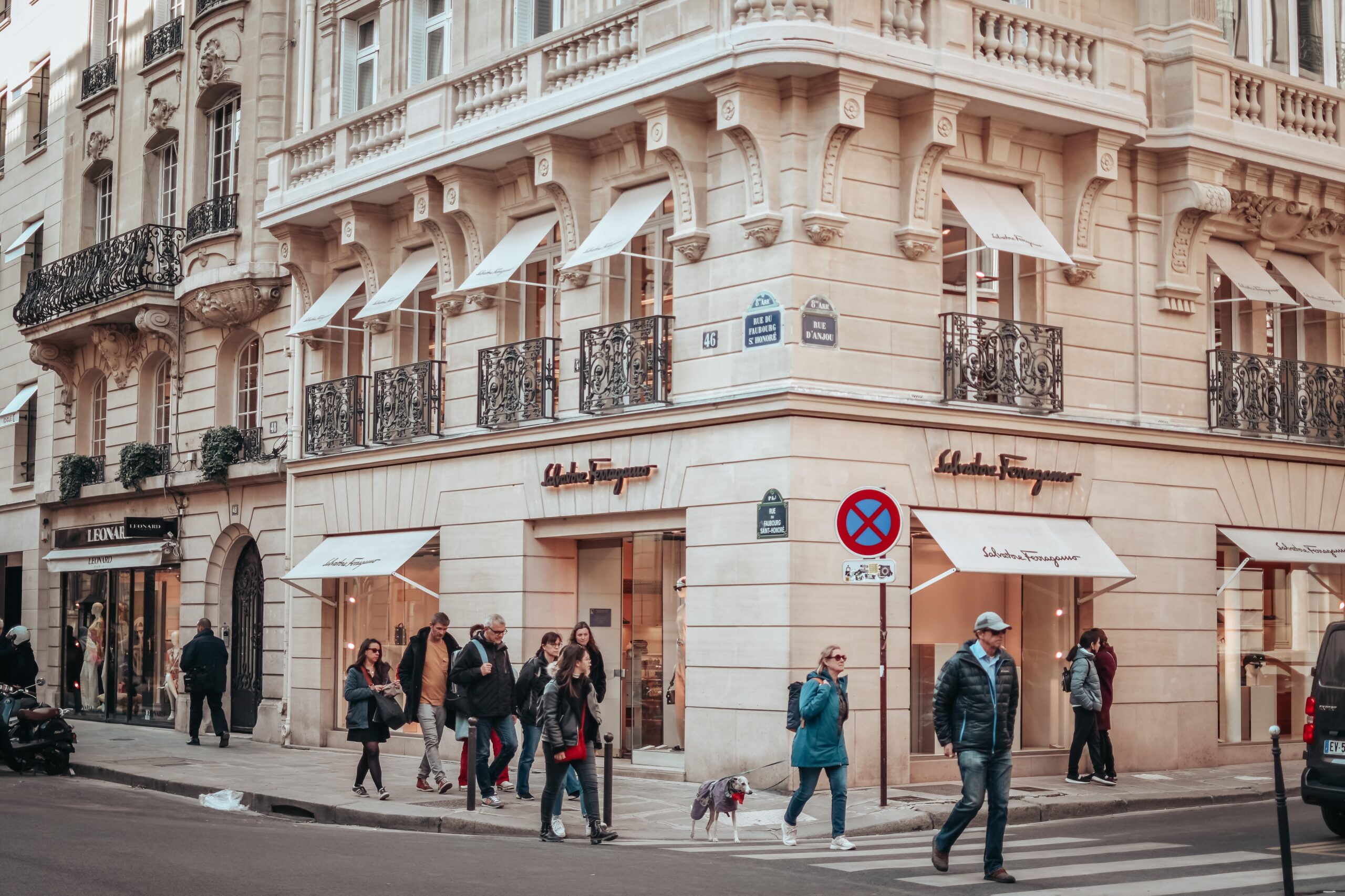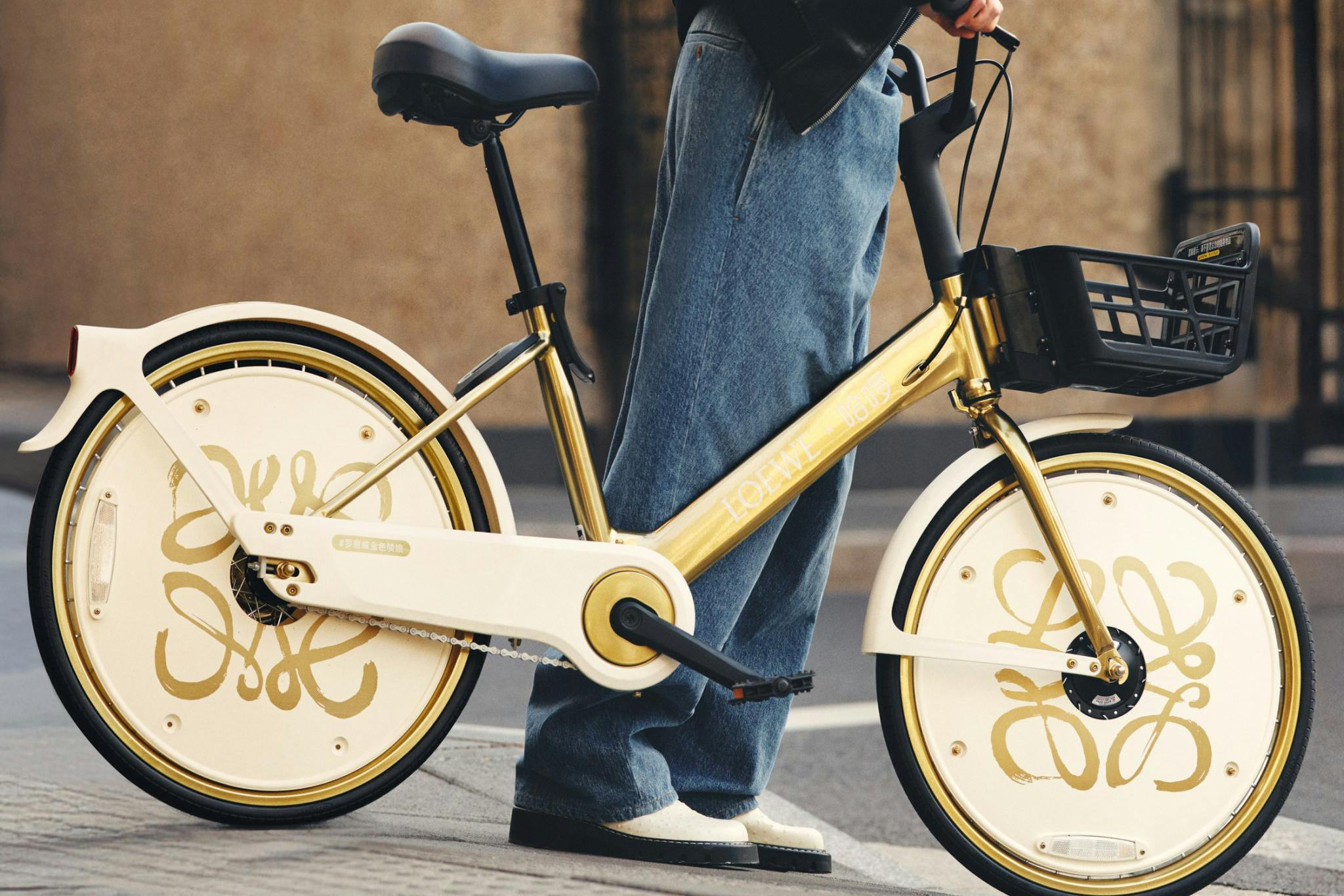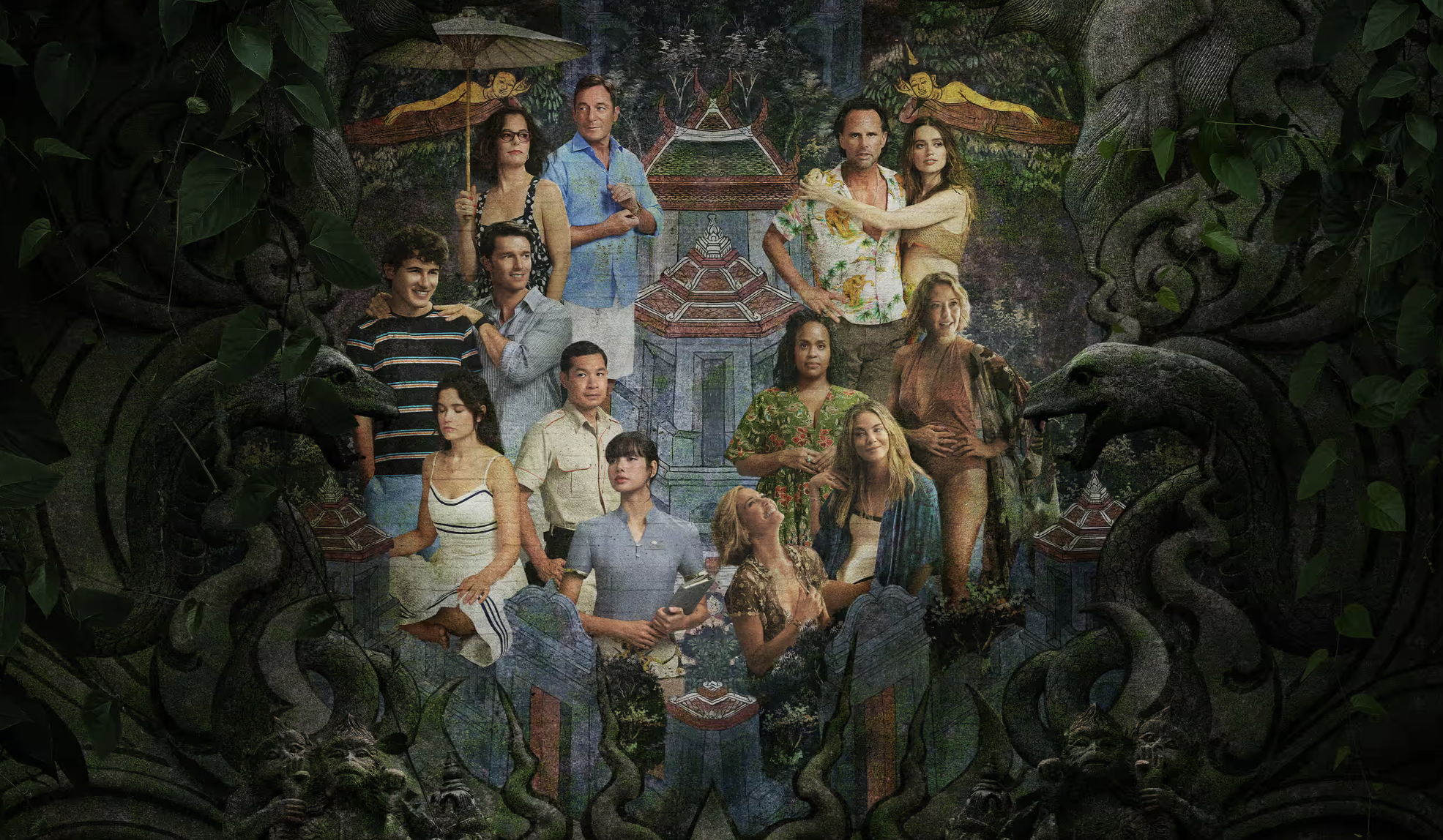From runway to vanity, luxury fashion houses are blurring the lines between style and self-care. Beauty was never just about lipstick and expansion into beauty is proof that if you sell aspirational dreams, beauty is truly the easiest way to let people buy into it.
Since the dawn of time, societies have defined and valued aesthetics reflecting cultural, social and economic factors. Dating back from Ancient Egypt, women used kohl for eyeliner and natural ingredients like berries for lip or cheek rouge. The “lipstick effect” is a theory developed in the 1930s that states that women will still buy lipstick as a little luxury even when money is tight. Today, the beauty industry carries the quickest sale as brands compete for consumer attention with the boldest shades, unique packaging options and a promise to keep things pretty.
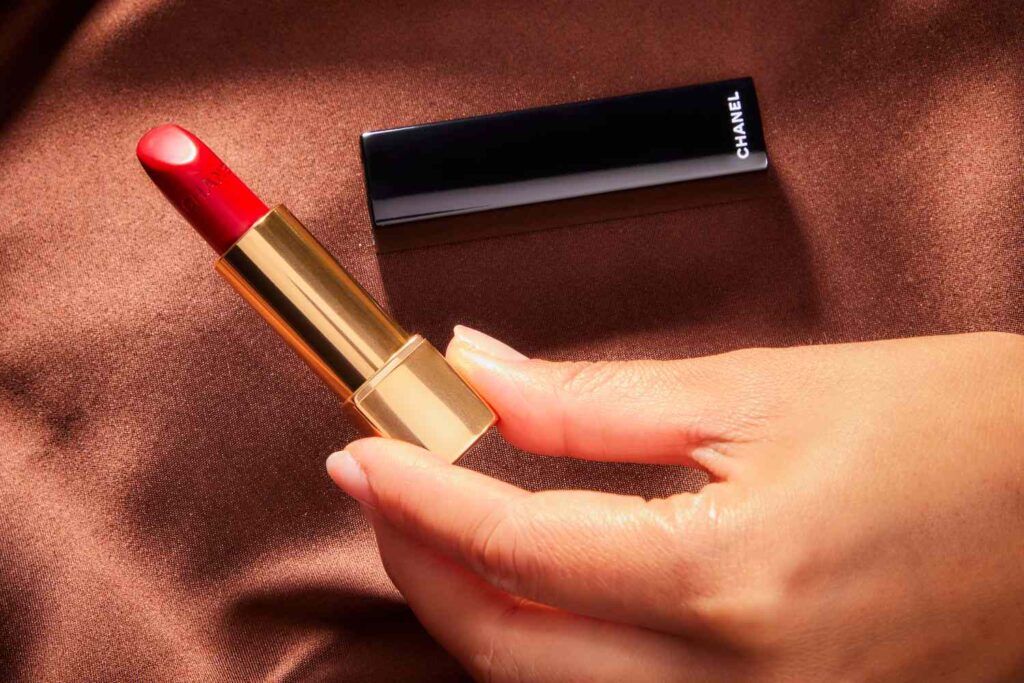
—
It’s no surprise that luxury fashion houses are jumping on this growing opportunity. For luxury, an emotional connection grants access and a whole new brand universe.
The Market Opportunity
The global beauty industry is valued at over $600 billion and expected to grow at 5-6% annually, outpacing many traditional luxury categories. Prestige beauty is booming, with fragrances, skincare and cosmetics driving high margins and repeat purchases. Younger consumers, especially Gen Z and Millennials, prioritize beauty as a gateway to luxury, fueling expansion.
Why Beauty?
A $50 lipstick is an easier entry point than a $5,000 handbag, allowing more customers to engage with the brand. From scent to skin, beauty completes a brand’s aesthetic, making customers feel the world they buy into. Perfume, skincare, and cosmetics go beyond functional. They create daily rituals and self-expression. Ultimately, it’s entry level price point, full lifestyle branding and emotional & sensory appeal is what drives demand.
Who’s Doing It Well?
Hermes Beauty has translated their precise leatherwork to weighty lipsticks and artisanal blushes. You can find the blur of couture and cosmetics from Valentino Beauty with their bold pigments and runway-inspired finishes. Even the Celine Fragrance, which was crafted by Hedi Slimane himself, evokes nostalgia and Parisian elegance.
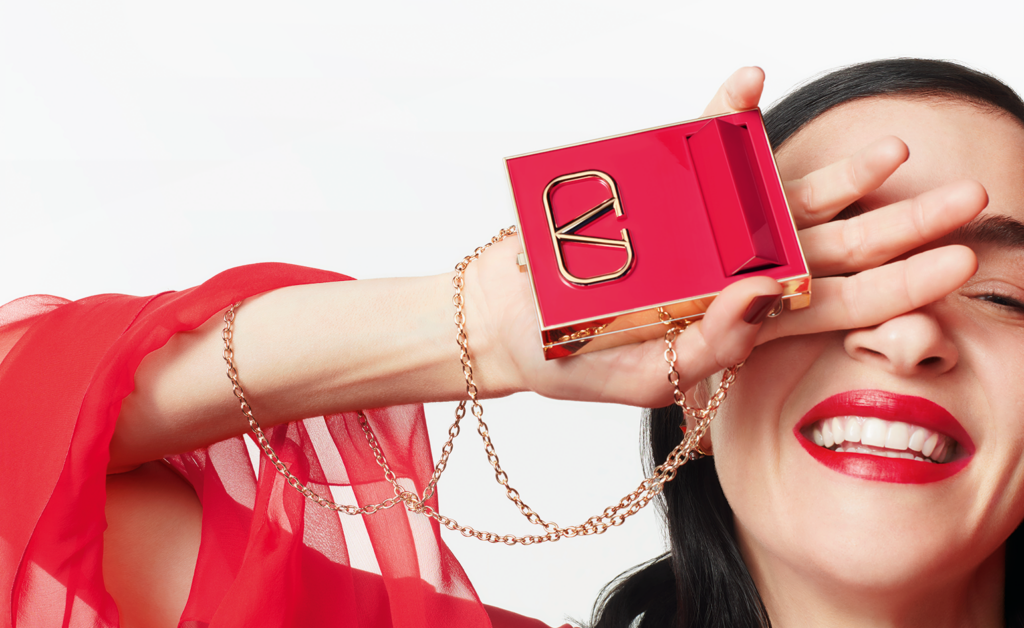
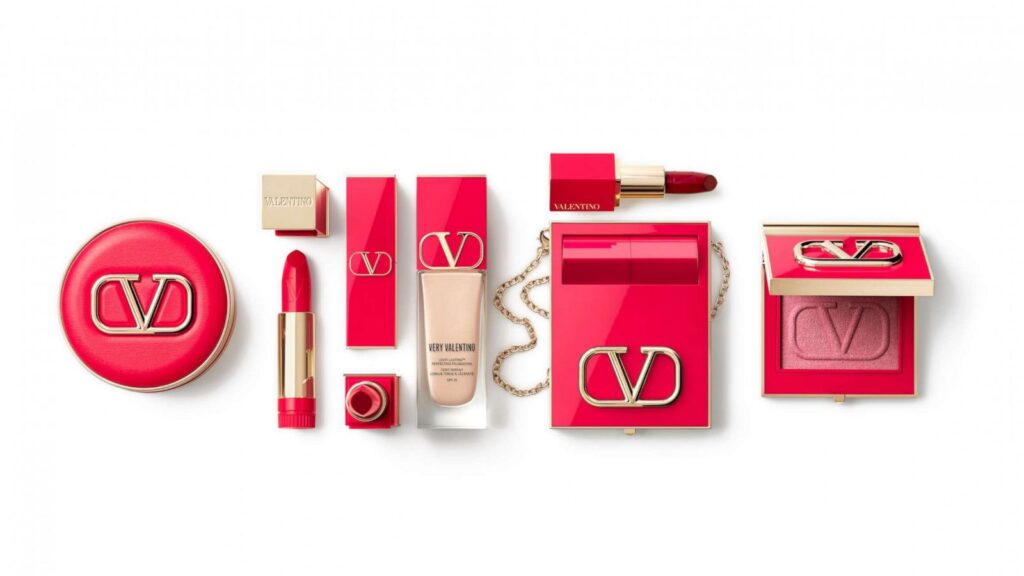
Buying beauty from a well-known luxury brand carries its own trust factor.
I’ve been personally buying DiorShow mascara for over fifteen years and I must admit there is a certain level of trust accumulated from the purchase of smaller items of a well-known luxury brand, especially as an avid buyer of the collection. Diorshow, when launched in 2002, was an instant best-seller and retailers could not keep it stocked for long due to its thick volumizing brush that truly delivers the volume that beauty lovers expect. Unlike other competitors in the space, it is not just a mascara with a brand name slapped on it. A popular fear amongst consumers is the quality: is luxe beauty worth the hype or is an established cosmetics brand with deep roots in developing quality products better? Luckily, most luxury brands invest heavily into research and development to create superior products which solve beauty problems of everyday customers.
It is clear that luxury beauty is a strategic extension to sell a world instead of a product. A world that deeply engages the customer and plants seeds of intrigue for other category ideas.
What insights can you take from this for your own brand?
Curious how this could work for you? Let’s dive deeper with a tailored report or strategy session.
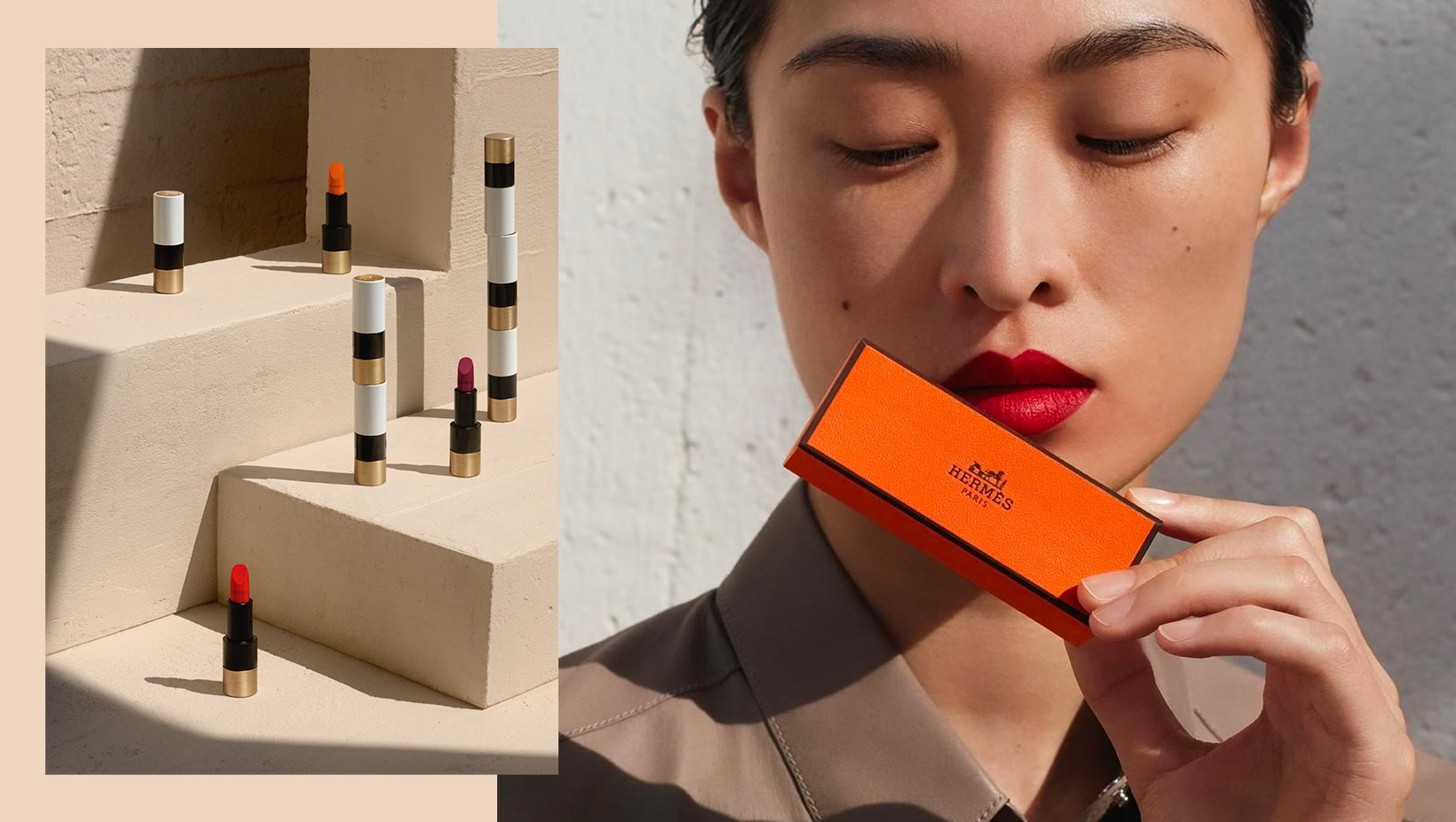
Almost there!
Be the first to know
about all the exciting news at Magnatist!
Thank you for leaving your email. We'll keep you updated!
